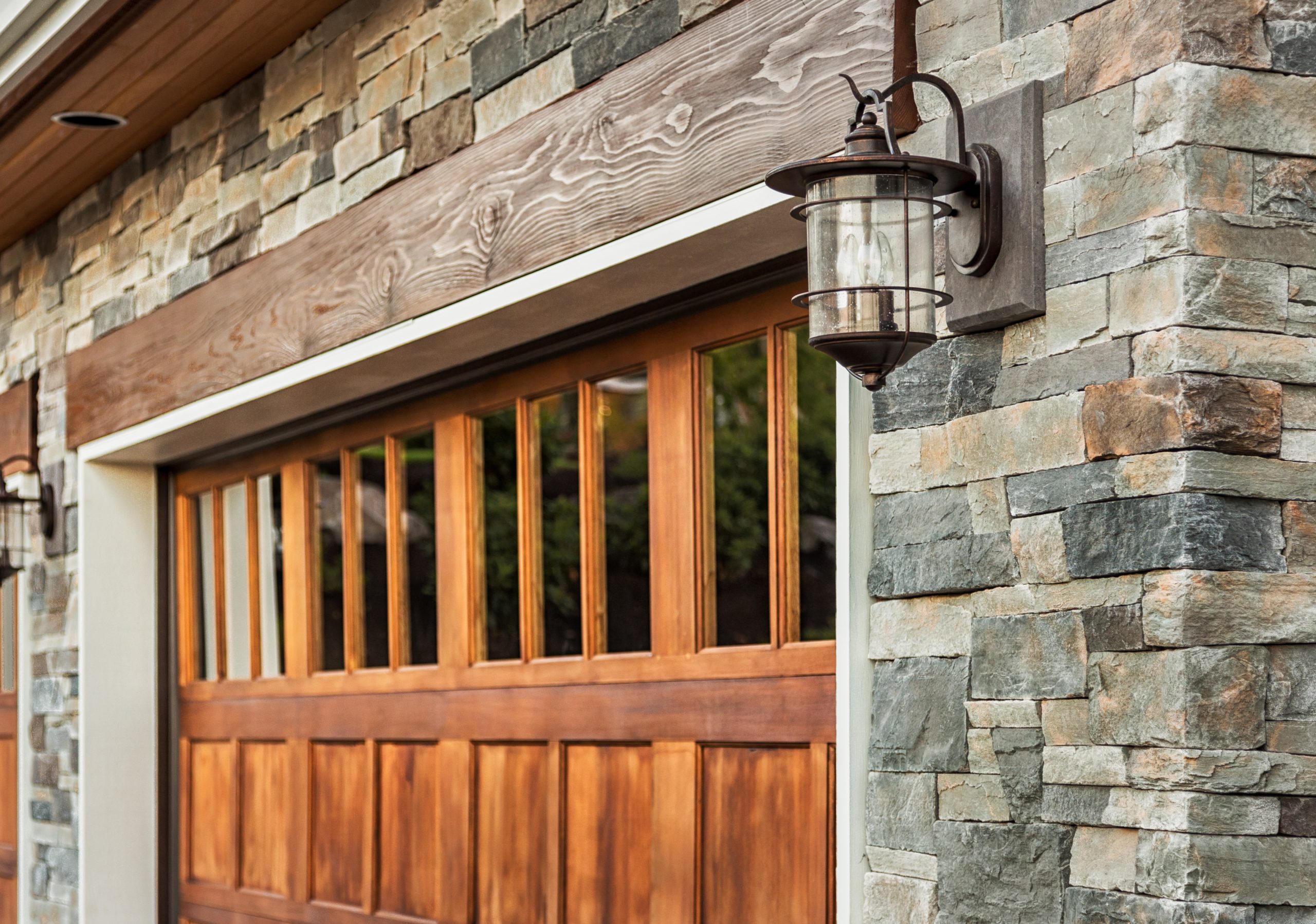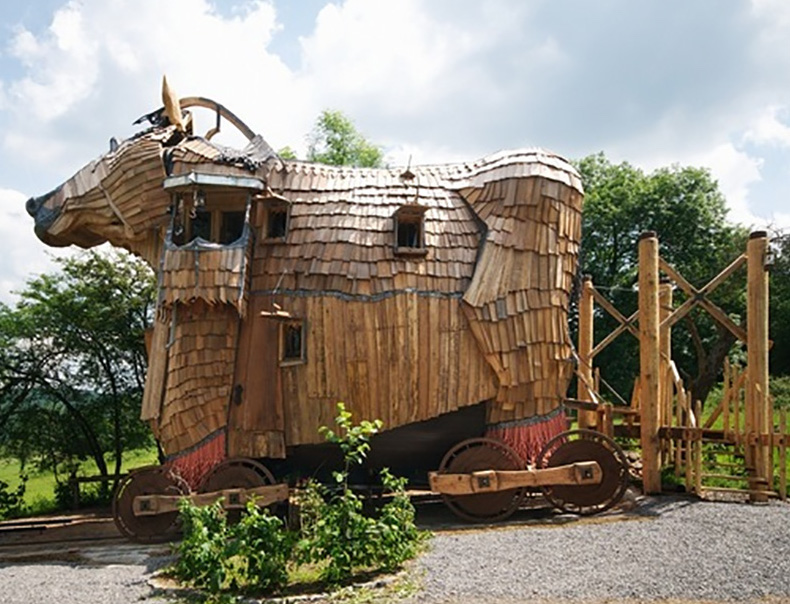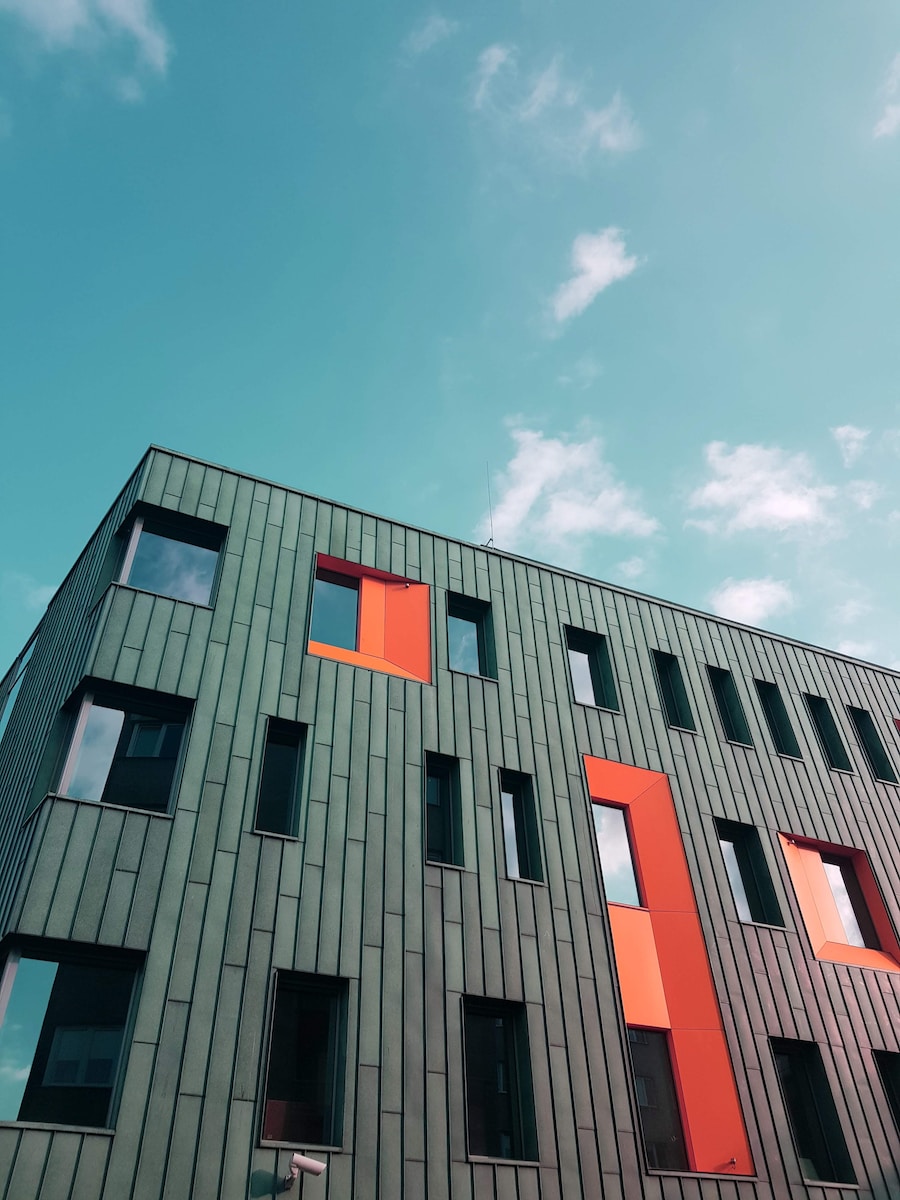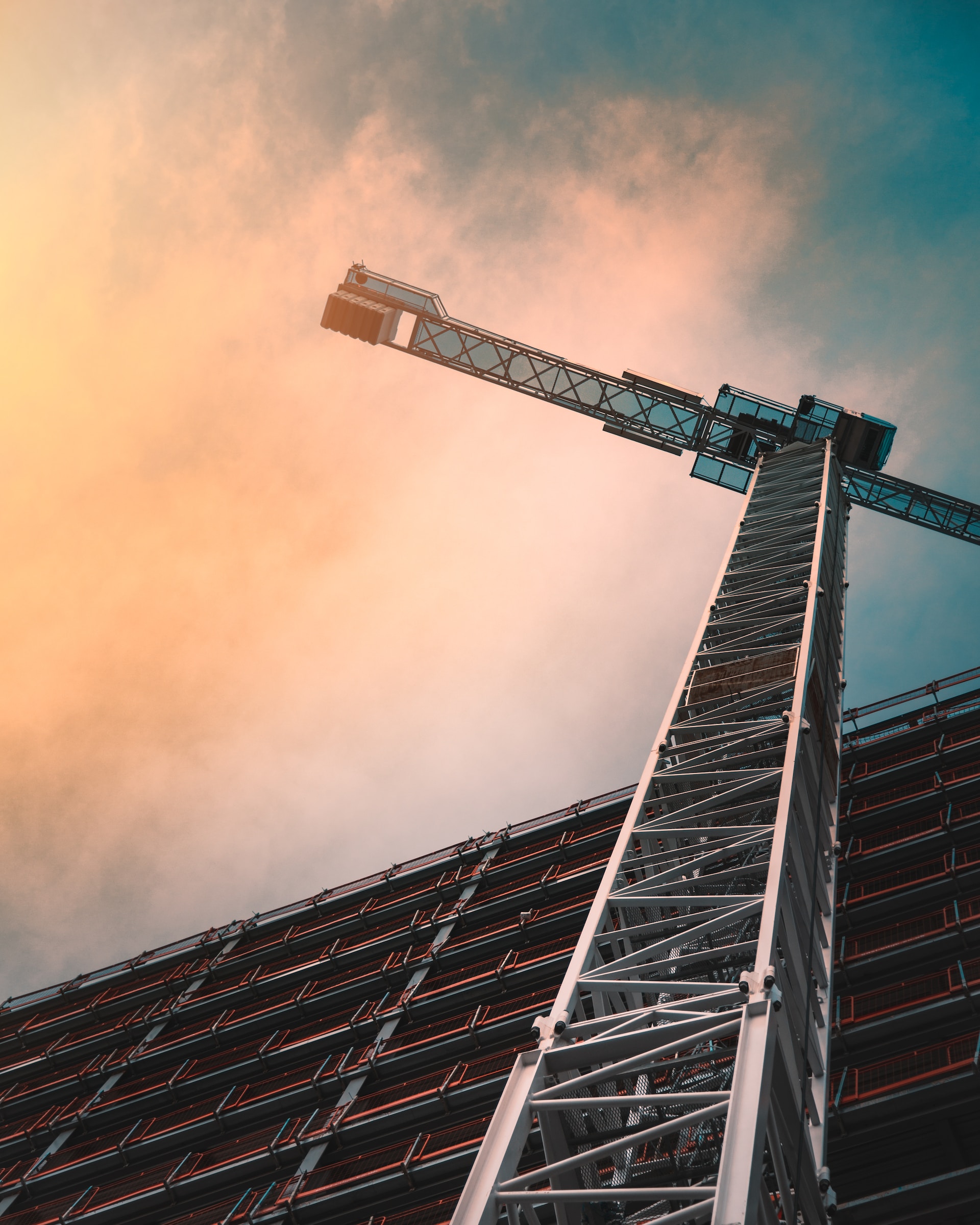Masonry is a centuries-old craft that has left an indelible mark on architecture and construction. It’s a form of artistry that blends creativity, precision, and durability to create structures that transcend generations. In this article, we delve into the captivating world of masonry, exploring its techniques, materials, and the enduring impact it has on the built environment.
Masonry: A Timeless Craft
Masonry is the art of constructing buildings, walls, and other structures using materials like brick, stone, concrete blocks, and mortar. It’s a craft that marries functionality with aesthetics, producing structures that not only serve practical purposes but also contribute to the visual allure of their surroundings.
The Beauty of Brick and Stone
Brick and stone are the quintessential materials in masonry, admired for their strength, durability, and versatility. Brick offers a uniform appearance and comes in various colors and sizes, allowing for intricate designs. Stone, with its natural textures and unique variations, adds a touch of rustic elegance to structures. The combination of brick and stone allows masons to create captivating visual contrasts.
The Craftsmanship of Masons
Masons are skilled artisans who meticulously lay each brick or stone, paying attention to alignment, spacing, and mortar consistency. They follow patterns, known as bonds, to create sturdy structures that withstand the forces of nature. A mason’s eye for detail ensures that every joint is perfectly sized, enhancing the structural integrity and aesthetics of the finished work.
Design Versatility
Masonry offers unparalleled design versatility. The wide range of materials, textures, colors, and patterns allows for creative expression across architectural styles. Whether it’s a contemporary facade with clean lines or a historic building with ornate detailing, masonry adapts to the vision of the architect and the preferences of the property owner.
Durability and Longevity
One of the most celebrated aspects of masonry is its durability. Structures built with brick, stone, and concrete blocks have stood the test of time, weathering centuries of use and exposure. Masonry’s resistance to fire, pests, and weather makes it a choice that ensures longevity, reducing the need for frequent repairs or replacements.
Structural Integrity
Masonry structures provide robust structural support. The load-bearing capacity of materials like brick and stone allows for the construction of sturdy walls and columns. Masonry’s ability to withstand vertical and lateral forces is especially valuable in areas prone to seismic activity.
Thermal Efficiency
Masonry offers excellent thermal insulation properties. The density of materials like brick and stone helps regulate indoor temperatures, reducing the need for excessive heating or cooling. This energy efficiency translates to lower utility costs and a more comfortable living environment.
Maintenance and Preservation
While masonry structures are renowned for their durability, maintenance is still necessary to ensure their continued longevity. Regular inspections and maintenance help identify and address issues like mortar deterioration, cracks, and water infiltration. Prompt repairs prevent minor problems from escalating into major structural issues.
Cultural Significance
Masonry is deeply intertwined with culture and history. Many iconic structures around the world, from ancient castles to modern landmarks, bear the mark of masonry craftsmanship. The preservation of historic masonry buildings contributes to the preservation of cultural heritage and the telling of stories from the past.
Environmental Impact
Masonry’s durability and thermal efficiency align with sustainable practices. The use of natural materials like brick and stone reduces the environmental footprint of construction. Additionally, the longevity of masonry structures reduces the need for frequent renovations and resource consumption.
Conclusion
Masonry is more than a construction method; it’s a testament to human ingenuity and the desire to create enduring beauty. From humble homes to grand monuments, masonry structures stand as monuments to the collaboration between architects, masons, and the timeless materials they work with. As you appreciate the buildings around you, remember that masonry is more than bricks and stones—it’s a celebration of artistry, durability, and the remarkable capacity of human hands to shape the world around us.







